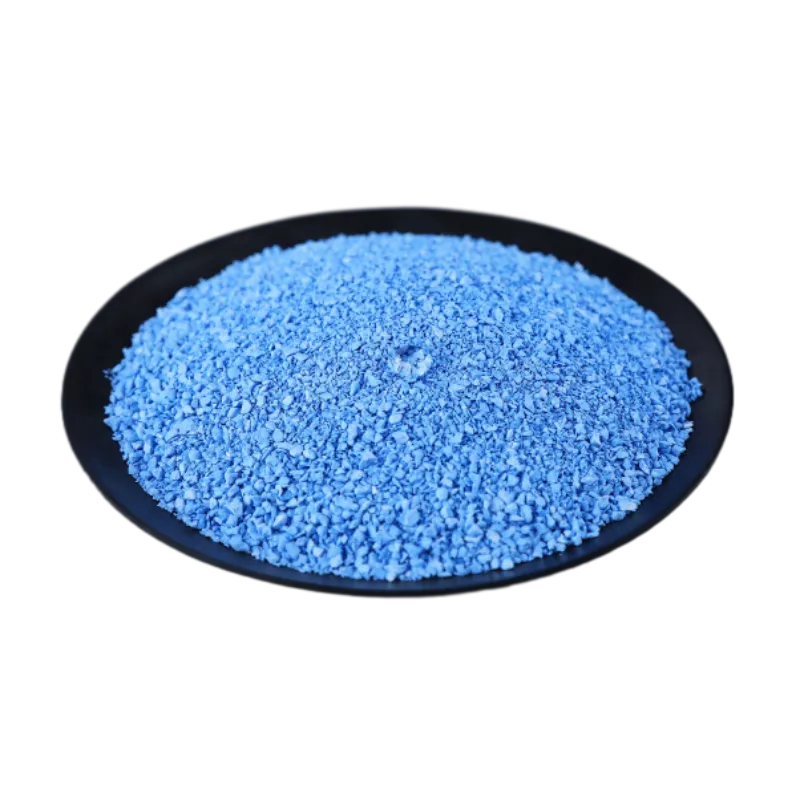
ធ្នូ . 04, 2024 20:53 Back to list
how long should lead flashing be
The Importance of Lead Flashing and its Optimal Length
Lead flashing is an essential component in roofing and building construction, primarily used to prevent water ingress and protect vulnerable areas such as chimneys, valleys, and around windows and doors. Understanding how long lead flashing should be can significantly impact the longevity and effectiveness of a roofing system. This article explores the importance of lead flashing, its optimal length, and best practices for installation.
What is Lead Flashing?
Lead flashing consists of thin sheets of lead that are installed at angles where two surfaces meet on a structure, like a roof and a wall. It acts as a barrier to redirect water away from these commonly vulnerable areas. Due to its malleability, lead can be shaped easily to fit various complex roof configurations, making it a favored choice among builders and roofers.
Why is Lead Flashing Important?
Water is one of the most destructive forces impacting the integrity of any structure. Poorly designed roofing systems that lack adequate flashing can lead to leaks, mold growth, and extensive damage over time. Lead flashing minimizes these risks by effectively channeling water away from critical junctions. When properly installed, it preserves the durability of roofs and walls, reducing the need for costly repairs and enhancing the overall lifespan of a building.
How Long Should Lead Flashing Be?
The length of lead flashing is crucial for its effectiveness. A general rule of thumb is that flashing should extend a minimum of 150 mm (around 6 inches) up the vertical surface and at least 150 mm (6 inches) on the horizontal roof surface. This ensures that water is diverted adequately and prevents leakage between the intersections.
However, the length can vary depending on specific conditions such as the pitch of the roof, local weather patterns, and the materials used in the construction. For instance, steeper roofs may require longer flashing to ensure that water can run off efficiently. In windy rain conditions, longer flashing can help prevent water flanking around the edge and avoid potential leaks.
how long should lead flashing be

Best Practices for Installation
2. Sufficient Overlap When installing lead flashing, it's vital to ensure that there is a sufficient overlap at joints. A minimum overlap of 150 mm (6 inches) is recommended to prevent water from seeping through gaps.
3. Sealant Use Employing a high-quality sealant in conjunction with lead flashing can provide additional protection against leaks. It's important to select sealants that are compatible with lead and resistant to weathering.
4. Regular Inspections Post-installation, regular inspections of lead flashing should be conducted, especially after severe weather events. Observing for signs of wear or damage can catch potential problems before they escalate.
5. Professional Installation Finally, hiring a skilled professional for installation is essential. They can assess the specific needs of your building, recommend the appropriate length and configuration of the lead flashing, and ensure that it is installed correctly.
Conclusion
In conclusion, lead flashing is a critical element in effective building design that prevents water damage. While the general length guidelines suggest a minimum of 150 mm, various factors may necessitate adjustments based on the specific structure's needs. Proper installation and maintenance not only enhance the effectiveness of lead flashing but also contribute to the overall longevity of roofs and structures. Investing in quality materials and skilled labor pays off in the form of a weather-tight building and peace of mind.
-
Mosaic Shingles: Durable Roofing, Compare 3 Tab vs Architectural Styles
NewsJul.25,2025
-
Stone Coated Metal Roof Tile-Roman Tile for Durable Elegant Roofing
NewsJul.24,2025
-
Stone Coated Metal Roof Tile-Nosen Tile: Durable & Stylish Roofing
NewsJul.23,2025
-
Durable Tiles Made of Clay for Modern Cladding Solutions
NewsJul.22,2025
-
Stone Coated Roman Tile Metal Roofing - Durable & Elegant
NewsJul.22,2025
-
Premium Roofing Granules for Sale - High Durability & Cost-Saving
NewsJul.21,2025







